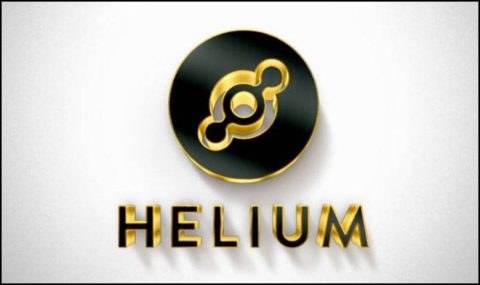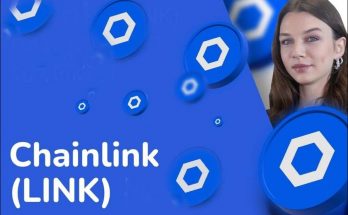You may have come across concepts such as Helium or Helium coin mining frequently recently. In this file article, we will try to answer questions such as what is Helium, how to mine Helium coin and how to buy HNT.
We hear the concept of Internet of Things (IoT) more and more every day. Within this concept, not only electronic products such as computers, smart phones, tablets, TVs; everything we use at home, at work or see on the street becomes connected to the network. Thus, it is possible to access and control the data of each object remotely. We are slowly seeing networks enabling IoT applications for places larger than home and business.
These are based on low range wide area network technology called LoRaWAN. Helium, which is the subject of this file, is essentially a LoRaWAN type of network and supports such networks. However, unlike those networks, there is no central management and control unit. Moreover, it not only enables Internet of Things devices to be connected to each other and to the network, but also makes it possible for the points that contribute to the formation of the network to profit from this work.
Helium is defined as a global, distributed Hotspot network that creates public, long-range wireless coverage for LoRaWAN-enabled IoT devices. This network is also called The People’s Network. Hotspots, or Nodes, generate HNT, the native cryptocurrency of the Helium blockchain, and are paid in HNT. The Helium blockchain, on the other hand, is defined as a new, open-source, public blockchain created to encourage the creation of fully physical, decentralized wireless networks. According to Helium, today, the Helium blockchain and tens of thousands of Hotspots provide access to this largest LoRaWAN network in the world.
What is the Helium blockchain?
The Helium Blockchain is based on a new and unique working algorithm called Proof of Coverage, which we can define as Proof of Coverage. This blockchain rewards miners with $HNT, the native cryptocurrency of the Helium blockchain. Officially launched on July 29, 2019, Helium Blockchain is currently working on more than 40,000 Helium coin miners worldwide. It is also stated to power the largest, public, decentralized LoRaWAN network in the world.
Fundamentals of the Helium blockchain
The Helium blockchain consists of blocks, epochs (transactions), transactions, chain variables, accounts, wallets, keys. Blocks are used to record the latest set of transactions on the Helium blockchain. Blocks are mined based on time as defined in the chain variable block time. The current target block time is defined as 60000 milliseconds or 60 seconds. In any cycle, the last block; There are parts such as the block version, the block length, the hash code of the previous block, the transactions and the threshold signature from the current consensus group.
Epoch, on the other hand, is defined as the target time period during which a particular group of Helium miners is selected to serve as the consensus group. The target time for one cycle is currently given as 30 blocks, as defined in the selection interval chain variable. Approximately every 30 blocks mined marks the passage of an era, after which a new group of Helium miners is selected to form the next consensus group. Mining rewards are distributed per period, not per block in most blockchain-based systems. At the end of each period, the consensus group will distribute all $HNT generated in that block through the bounty transaction.
It is stated that the Helium blockchain currently has 20 native transaction types. Some of these appear on almost every block mined, while others were created to be used only once and will never be seen again. At this link, you can see a list of all currently supported processes.
Chain variables are defined as a set of configuration settings for the Helium blockchain. Chain variables can be used to change things like target block time, target period time, minimum number of targets in a Proof of Coverage (PoC) query, and much more. Chain variables can be changed by sending a transaction containing the chain variable to be changed, its new value, and the signature of the chain variable master key.
Instead of a UTXO-based ledger like the Bitcoin blockchain, the Helium blockchain uses an account-based system for wallets and balances (similar to Ethereum and others). Users have several options to create Helium wallets and manage their private keys.
How to do the Helium coin mining?
The Helium blockchain rewards Hotspots for providing wireless coverage and authenticating the Helium Network. Hotspots are rewarded with Helium Token i.e. $HNT. In each cycle, the current consensus group issues about 30 blocks on the blockchain. In each block, Hotspots perform various types of work and are rewarded according to a certain distribution. $HNT is shared between Hotspots based on criteria such as Proof-of-Stake querying and polling, witnessing, being in a consensus group, data transfer over the network, or security.
The targeted new HNT production rate each month is 5,000,000. This means that if the blockchain works as designed, 5,000,000 HNT will be generated per month. This target rate is based on the criteria that the block duration is 60 seconds and the cycle size is 30 blocks. So, if the Helium Network reaches the target block time of 60 seconds and the target period of 30 blocks, the blockchain will generate 5,000,000 HNT per month. This is roughly equivalent to HNT 3424.66 per revolution.
Visits: 83




